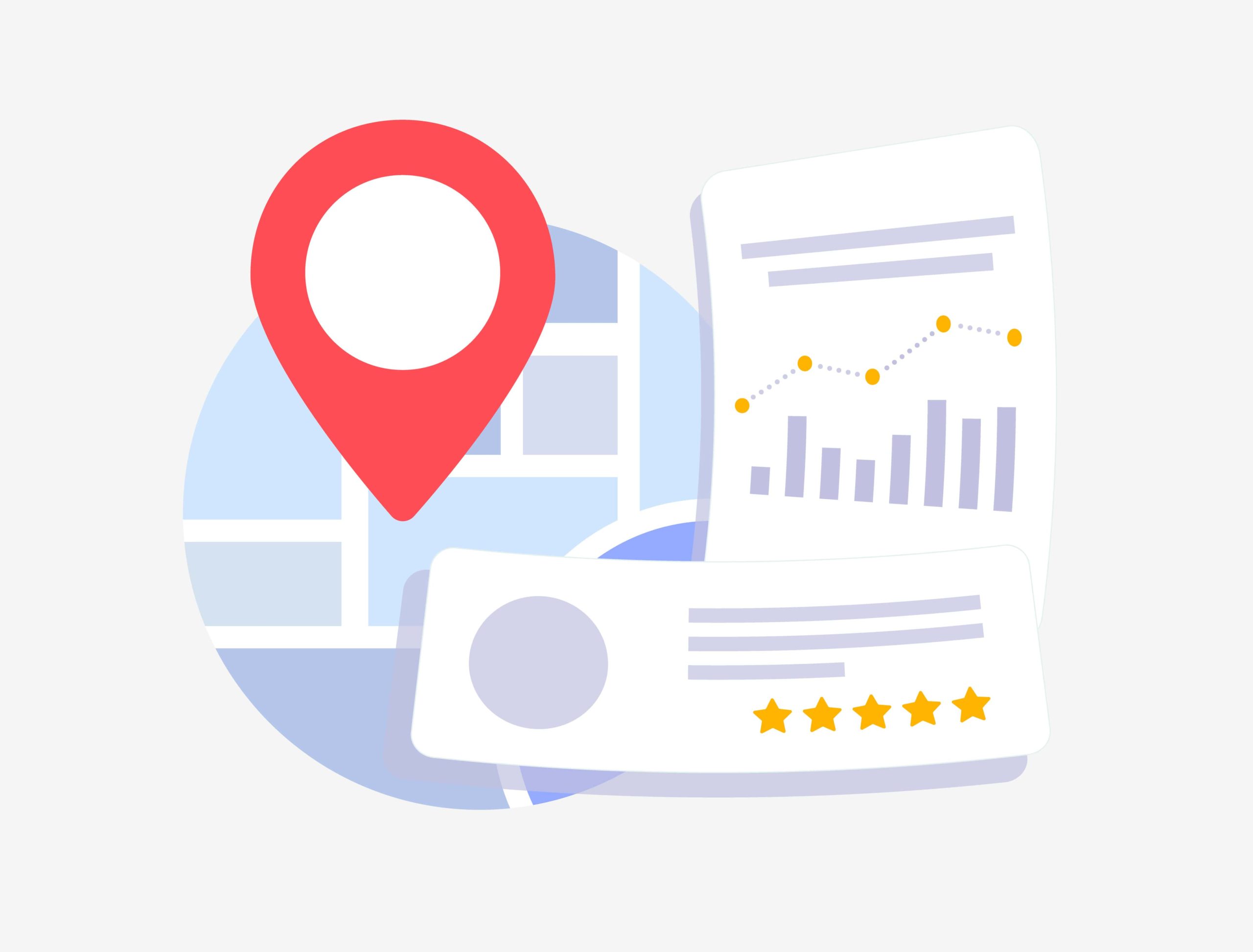What is SEO?
How Google Works
Google, the world’s most popular search engine, uses a complex and ever-evolving algorithm to determine which webpages appear on its Search Engine Results Pages (SERPs). This process involves several key steps:
Crawling: Google’s bots, also known as spiders, continuously scan the internet, visiting websites and indexing the content they find. This allows Google to quickly retrieve relevant information when users search.
Indexing: After crawling a webpage, Google organizes the information into a massive index, similar to a digital library. This index is then used to pull up relevant search results in milliseconds.
Ranking: Google evaluates numerous factors to rank webpages in order of relevance and authority for a given search query. The top-ranked webpage is considered the most relevant and authoritative for that query.
It’s important to note that ranking on Google is highly competitive, with the first result on a search page receiving 31.7% of all clicks


What is Local SEO?
Local SEO is a specialized branch of SEO that focuses on optimizing a website to rank better in local search results. This is particularly important for businesses that cater to specific geographic areas or have physical storefronts. Local SEO ensures that your business stands out when people nearby search for products or services similar to yours.
For instance, if you run a local coffee shop, effective local SEO can help your business appear in search results when someone in your vicinity searches for “coffee near me” or “best coffee in [your city].”
Considering that approximately 46% of all Google searches are local, the importance of local SEO for businesses targeting local customers cannot be overstated.
Search Engine Optimization (SEO) is a key digital marketing strategy that aims to boost a website’s presence and ranking on search engine results pages (SERPs). By fine-tuning various elements of a website, SEO enhances its relevance and authority, making it more attractive to search engines.
For example, if you own a bakery in Los Angeles, SEO can help your website appear at the top of search results when locals search for “best bakeries in Los Angeles.”It’s worth noting that websites on the first page of Google capture about 95% of all organic traffic, underscoring the critical role of SEO in drawing visitors.
Other Ranking Factors
Beyond crawling, indexing, and ranking, Google considers a variety of other factors to determine a webpage’s position on the SERPs:
Page Speed: Faster-loading pages tend to rank higher as they offer a better user experience. A one-second delay in page load time can lead to a 7% drop in conversions.
Backlinks: Links from other websites to yours act as endorsements and can significantly boost your site’s credibility. The average first-page result on Google has 3.8 times more backlinks than those on the second page.
Content Quality: High-quality, informative, and engaging content is crucial for SEO. Longer content (over 1,000 words) typically ranks higher and attracts more backlinks.
Mobile-Friendliness: With the increasing use of mobile devices, Google prioritizes mobile-friendly websites. Over 60% of Google searches are performed on mobile devices.
User Experience: A user-friendly website with a clean design, easy navigation, and no intrusive ads enhances the overall user experience, leading to better rankings.
Social Signals: Engagement on social media platforms, such as likes, shares, and comments, can indirectly impact search rankings by indicating content relevance and popularity.
On-Page Optimization: Optimizing individual webpages for specific keywords and phrases, including titles, meta descriptions, and headers, can improve visibility for those keywords.
By understanding and implementing these SEO principles, businesses can improve their online visibility, attract more traffic, and ultimately drive growth.
